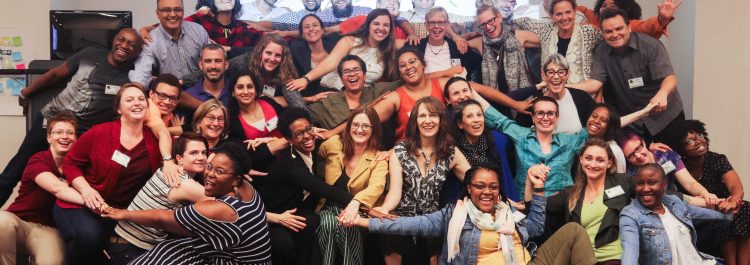Recently, I read an article from the Profweb website where one of my colleagues, Luc Tremblay of Mérici College, presented the course notes he wrote in recent years. The tremendous work he did and the comments he made in his article made me think of a few things I would like to share with you.
Universal design for Learning (UDL)
According to CAST, Universal design for learning (UDL) is a framework to improve and optimize teaching and learning for all people based on scientific insights into how humans learn. A detailed exposition of the principles of the ULD goes beyond what is said in this article. Nevertheless, an important principle is to present the information and the content in different ways for the students. The accessibility of course notes in paper or electronic format is an effective way to exploit this principle even more when they exploit multimedia resources. In addition, I confirm what Luc Tremblay said; students seem to prefer paper over electronic course notes!
Active learning
A teacher who wants to use pedagogical methods inspired by active learning inevitably encounters a problem: how will students access the content? A teacher may well involve students in learning activities. However, students will sooner or later have to access quality information that they will have to process. Textbooks edited by large publishing houses, often generic, do not always allow students to understand the content. As Luc Tremblay mentions in his article, students often use the manual for exercises only. Under these conditions, teachers choose to fall back on the lecture which is the simplest way, sometimes the safest, to provide access to quality information to students. Appropriate and accessible course notes allow a teacher to significantly reduce the time spent on lectures, requiring passive listening, and to focus more on high-level information processing and skill development activities.
Open textbooks
The work of Luc Tremblay is part of a movement that wants to make education more accessible to students. The initial motivation for open textbooks is to address the high costs of these books in higher education (The Open University, 2017). One way to do this is to make textbooks available to teachers who would like to reuse, to remix, to revise, to redistribute and to retain them (the 5Rs). The digital format is usually free, and the print version has a low cost.
For the students, the benefits are not negligible. Open University (2017) mentions that the open textbook is adaptable; it is not a fixed, static resource but a dynamic one: Students can edit and amend an open textbook as part of their study. This creates a new relationship between learners and the information they access in the course.
Even if the work of Luc Tremblay is not modifiable for the moment, it is available all those who wish to use it. I would like to thank him for his wonderful work and generosity. Luc will surely receive an email from me asking for permission to use his work!
References:
- CAST. (2018) About Universal Design for Learning. Retrieved from http://www.cast.org/our-work/about-udl.html#.WqfKYuwbOUk
- Tremblay, L (2018, February 27). Créer des notes de cours numériques pour faciliter l’apprentissage. Retrieved from http://www.profweb.ca/publications/recits/creer-des-notes-de-cours-numeriques-pour-faciliter-l-apprentissage
- The Open University (2017). Innovating Pedagogy 2017. Retrieved from https://iet.open.ac.uk/file/innovating-pedagogy-2017.pdf




Thanks…